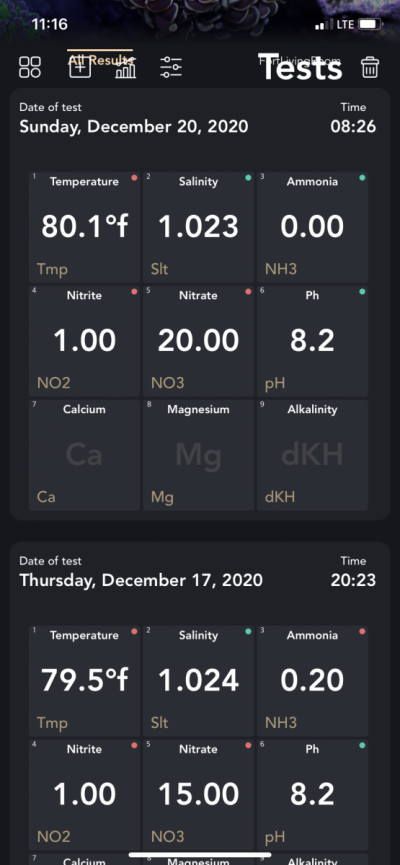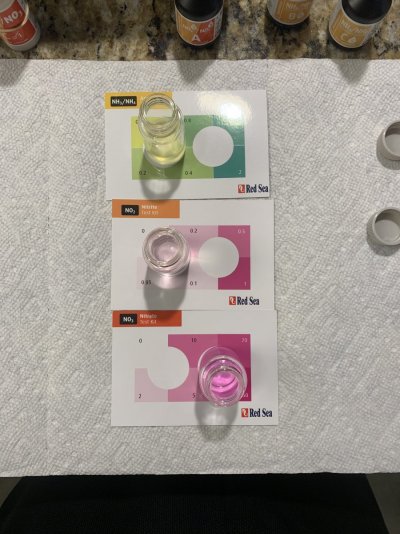So my values are as the title states. Reefer 170 I’ve been cycling with brightwell dry rock starter kit which includes start XLM as the bacteria. Ammonia was dosed to 2ppm and is 0 now. I’ve also been adding Microbacter7 daily because I read poor reviews of the start XLM. The starter kit directions say once nitrite is 0 that the tank is cycled. Nitrite is off the color chart now >1. How long does nitrite typically take to go down? Thanks.





















